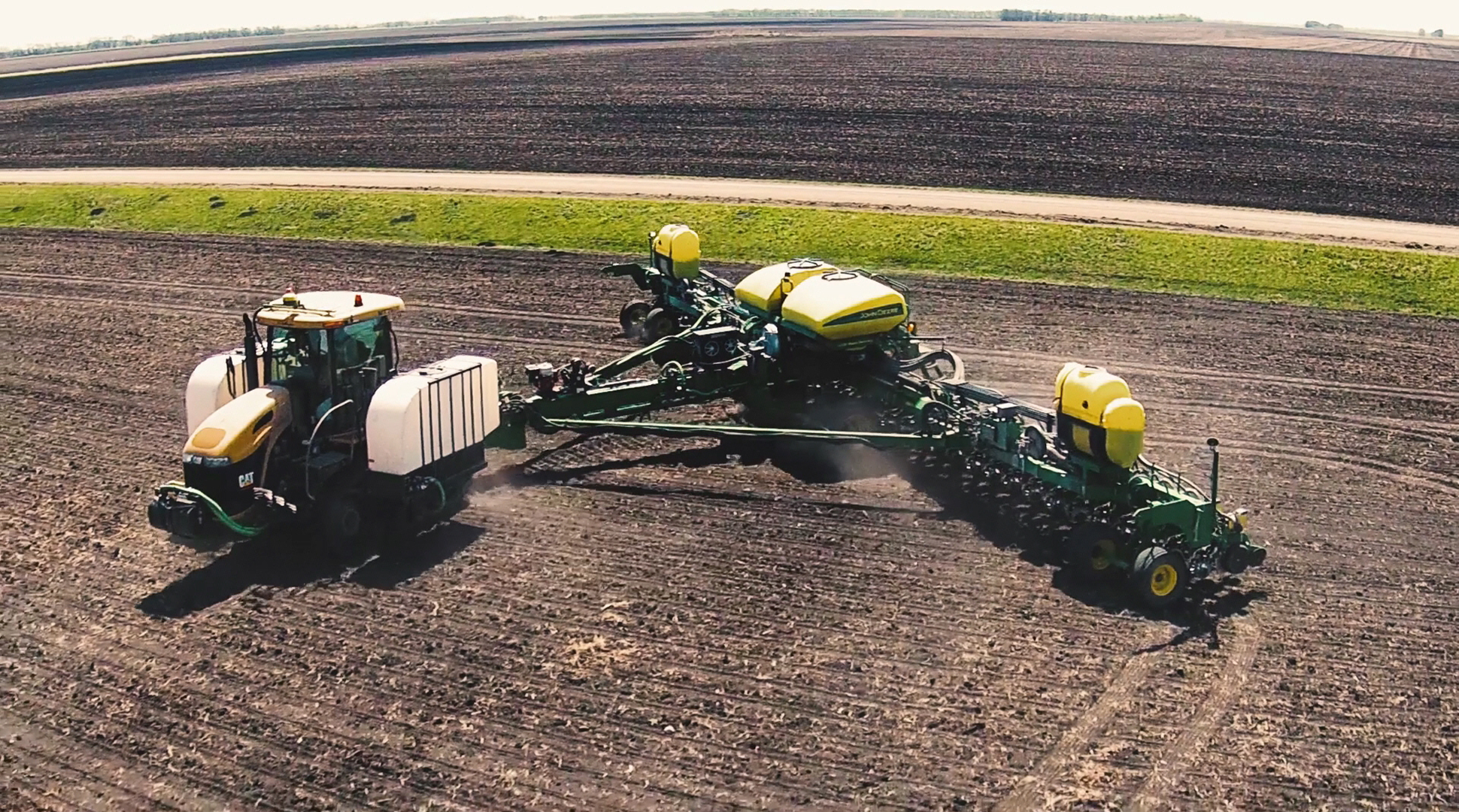American agriculture is truly remarkable. Technology and a willingness to always be looking for ways to farm and ranch more efficiently make U.S. farmers and ranchers second to none.
Did you know?
2 million farms dot America’s rural landscape. About 98% of U.S. farms are operated by families – individuals, family partnerships or family corporations (America’s Diverse Family Farms, 2018 Edition).
One U.S. farm feeds 166 people annually in the U.S. and abroad. The global population is expected to increase by 2.2 billion by 2050, which means the world’s farmers will have to grow about 70% more food than what is now produced.
About 11% of U.S. farmers are serving or have served in the military.
Cattle and calves, corn, and soybeans are the top 3 U.S. farm products.
87% of U.S. ag products sold are produced on family farms or ranches.
Farming accounts for about 1% of the U.S. gross domestic product.
After accounting for input costs, farmers and ranchers receive only 8 cents out of every dollar spent on food at home and away from home. The rest goes for costs beyond the farm gate: wages and materials for production, processing, marketing, transportation and distribution.
In 2018, $139.6 billion worth of American agricultural products were exported around the world. The United States sells more food and fiber to world markets than we import, creating a positive agricultural trade balance.
25% of all farmers are beginning farmers (in business less than 10 years); their average age is 46.
About 8% of U.S. farms market foods locally, through direct-to-consumer or intermediated sales.
Americans enjoy a food supply that is abundant, affordable overall and among the world’s safest, thanks in large part to the efficiency and productivity of America’s farm and ranch families.
The pounds of feed (grain, forage, etc.) a dairy cow needs to eat to produce 100 pounds of milk has decreased by more than 40% on average in the last 40 years.
